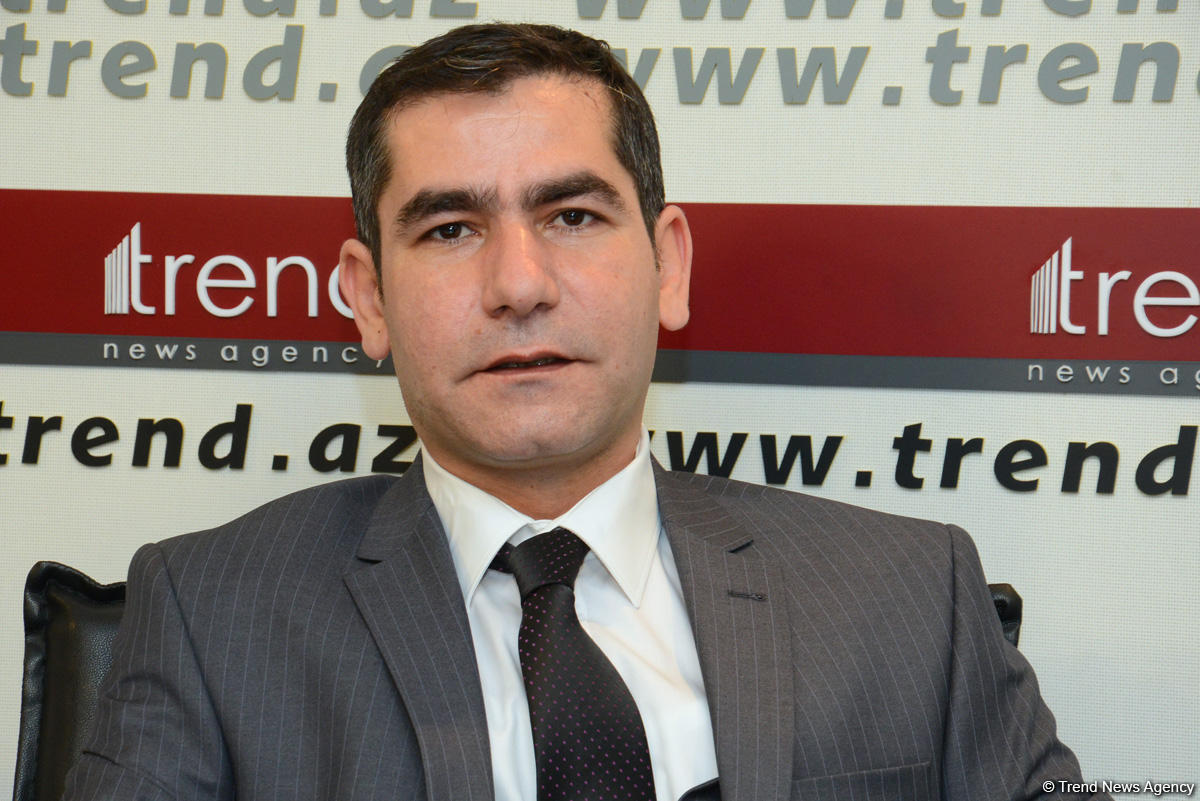Baku, Azerbaijan, May 23
Trend:
The sanctions on Iran were removed in January 2016, and that paved the ways for Iran’s gas flow to EU, but the country still faces with gas shortage itself.
Dalga Khatinoglu, commentator on Iran’s energy issues and head of Iran news service at Trend Agency, told Istanbul-based Alsharg Forum think tank that Iran's gross gas output reached 285bn m3 last year, about 9.3% more than in the previous fiscal year, and housing gas demand has increased from 91 billion m3 (cubic meters) to about 100 billion cubic meters.
“Of course the sweet gas (refined gas) output is around 220-230 billion cubic meters. But still around 2 of 21 million households do not have access to gas. In the future, the demand in this sector would rise, unless Iran enhances energy efficiency in this sector. For now, Iran has approved $2 billion worth of investment to optimize 600,000 central heating systems in apartments. Iran says it can economize at least 60 billion cubic meters /year of gas by optimizing energy usage in housing, power plants (with the current 37% efficiency) and other sectors by 2021,” Khatinoglu said.

Iran’s gross and commercial gas output (mn m3/d)
Coming to Iran’s ability to become a reliable gas supplier to EU, Khatinoglu said that Iran's problem is not restricted to consumption.
“South Pars, which shares about 55 percent in total sale gas output and projected to share 65% by 2019, is expected to reach dew point and pressure fall in 2023. Iran can compensate a part of fall by launching 10-times heavier platforms (20,000 tons) with 2-3 compressors at each, but the production level would decrease by at least 10% again”.
Iran needs further $20 billion of investment in South Pars to complete that, and further $30 billion is needed to maintain the output level after 2023, Khatinoglu said. He added that therefore, Iran needs gas output growth from other fields.
Iran plans to issue tenders on 49 oil and gas fields, based on newly contract model, IPC, but it is under question whether Iran can develop them regarding US' probable sanctions.

Iran has two deals with Iraq. Khatinoglu said that it may start gas deliveries to Baghdad this or next year, but in restricted volume, because Iran has to complete a pipeline (Igat6) with $2 billion of investment to connect the pipeline in Iraq to South Pars.
Another pipeline would be constructed to connect Igat6 to Iraq’s Basra. In total, exporting 18 billion cubic meters /yr gas is projected through two routes.
“Coming to 10- billion cubic meters /yr gas deal with Oman, I think the deal can realize in 3-4 years, not earlier. Oman's gas output is expected to increase significantly by 2020, then after that time, Oman may decide seriously on Iran gas and construction of undersea pipeline,” he said.
The TANAP-TAP twin pipelines are expected to become operational for natural gas exports to Europe by the end of the decade, aimed to transit 16 billion cubic meters /yr of Azerbaijani gas to Turkey and South European countries.
Answering a question about the prospects of Iranian gas flow though this infrastructure, Khatinoglu said that Iran should firstly construct a 1800km pipeline (Igat9) with 17 compressors and have at least $6-8 billion worth of investment, to connect South Pars to Northwestern regions.
“The capacity of pipeline would be 110 million cubic meters/d. Then Iran can talk about gas exports to EU or rising gas supply to Turkey after getting allowance from TANAP and TAP shareholders,” Khatinoglu said.
“The current infrastructures only allow increasing 1.5 billion cubic meters/yr gas export to Turkey, but only in spring and summer, because in cold seasons the housing gas demand triples in Iran. SGC partners already invited Iran to deliver its gas, because Tanap and TAP would have 15bn m3/yr and 10bn m3/yr of idle capacity by mid 2020s,” he said.
Coming to exporting LNG, Khatinoglu said that Iran has an LNG project, half done, with 14 billion cubic meters /yr, but it needs at least $6-9 billion of investment to become operational.
“It is expensive for Iran, which suffers from financial problems. And if France’s Total or other company resumes development of this project in Iran today, it would take 4-5 years for this project to become operational,” Khatinoglu said.
“I have doubts that Total is keen to get involved in this project, which Iran claims it completed by 50%. Iran’s Oil minister Zanganeh also said earlier that he doesn't see Total's proposal as being serious. Liquefying its gas in Oman's idle LNG capacity is more profitable for Iran, but in total, I think Iran can become LNG exporter to EU in the middle of next decade”.






